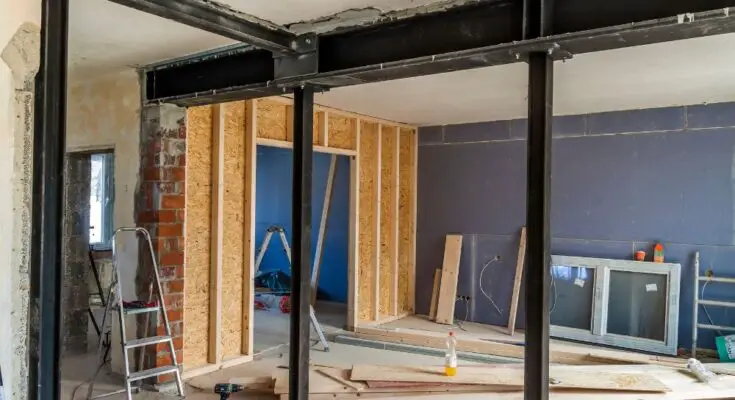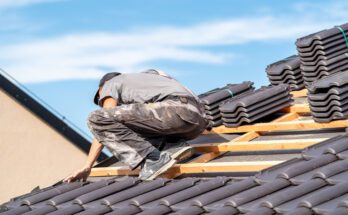Rehabilitating a rental property can be a challenging yet rewarding venture. It requires balancing cost-efficiency, aesthetic appeal, and practicality to enhance the property’s value and attract quality tenants. The process involves careful consideration of budget allocations, renovation choices, and rental market trends. Take a look at some rental property rehab tips everyone should know to ensure a successful and profitable renovation project.
Start With a Solid Plan
Before diving into any reno project, it’s crucial to have a solid plan in place. This plan should include setting a realistic budget, creating a timeline, and identifying the scope of work needed. It’s also essential to prioritize the most critical repairs or upgrades that will add value to the property and attract potential tenants. A well-thought-out plan will guide the entire renovation process and minimize unexpected complications or delays.
Consider Property-Specific Factors
Every rental property is unique; therefore, each renovation project will have specific needs. Factors such as location, the age of the property, and the demographics of potential tenants should all be things to consider when making renovation decisions. For example, a rental property in a family-friendly neighborhood would benefit from having a fenced-in backyard and extra storage space. In contrast, a property in a young professional area may need more modern and high-end finishes.
Pay Attention to Curb Appeal
First impressions matter, especially when it comes to rental properties. The exterior of the property is the first thing potential tenants will see, and it can greatly impact their decision to rent. Therefore, investing in curb appeal is crucial when rehabilitating a rental property. This investment includes maintaining the landscaping, repainting or repairing the exterior, and adding small touches like a welcoming front door or outdoor seating area.
Focus on Functionality
While aesthetics are important, you should not overlook functionality when it comes to your rental property. The goal is to create a space that is not only visually appealing but also practical for tenants. This functionality may include ensuring all appliances and systems are in good working condition, adding efficient storage options, and making sure the layout of the property is ideal for everyday living.
Make Simple Upgrades
Not all renovations must be expensive or time-consuming. Simple and cost-effective upgrades can have a significant impact on the overall appeal of a rental property. Knowing what pieces of furniture to include in your rental property or which areas to spruce up with a fresh coat of paint can make a big difference in attracting quality tenants. It’s essential to carefully consider where you want to spend money on high-end upgrades and where simpler improvements will suffice.
Renovating a rental property requires a strategic approach that balances aesthetic appeal, functionality, and cost-efficiency. By starting with a comprehensive plan, considering property-specific factors, focusing on curb appeal and functionality, and recognizing the value of simple upgrades, property owners can significantly enhance the appeal and value of their rental properties. Implementing these rental property rehab tips everyone should know will not only attract quality tenants but also lead to a more profitable and satisfying investment experience.



